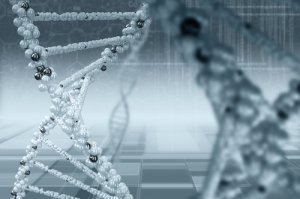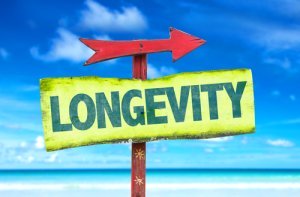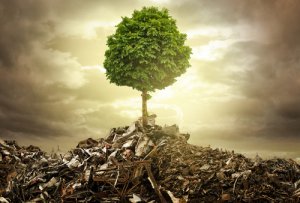Author:
A group of researches: G. Lithgow, S. Murakami, T. Johnson; L. Guarente, C. Kenyon,
History:
This theory is as it were the theory of
 Example:
Example:
Under stress, the organism enters the «waiting mode». In this mode, the organism saves its resources suppressing biosynthesis of structural proteins, switching the household genes off, holding the growth and reproduction up. Besides, the organism delays the entry into the reproduction cycle and increases its stress resistance (it means that the organism activates its antioxidant systems, induces
Description of the Theory:

According to this theory, the program of longevity might appear in evolution to overcome
 Molecular and cellular mechanisms of stress resistance turning on in the «maintenance mode» can afterwards help to overcome another sorts of stress (e.g. negative effects of radiation). The same mechanisms withstand the
Molecular and cellular mechanisms of stress resistance turning on in the «maintenance mode» can afterwards help to overcome another sorts of stress (e.g. negative effects of radiation). The same mechanisms withstand the
Mutations are currently known which increase the life span in experimental animal. Individuals with such mutations get into the «maintenance mode» irrespective of the environmental conditions.
Additions and Сriticism:
 While the mutation accumulation and the disposable soma theories of aging rest upon permanent pressure of the environmental conditions (predators, diseases), the program of longevity could arise in evolution for overcoming the
While the mutation accumulation and the disposable soma theories of aging rest upon permanent pressure of the environmental conditions (predators, diseases), the program of longevity could arise in evolution for overcoming the
The programmed longevity theory predicts that if an individual undergoes moderate stress (overheating, supercooling, decrease of caloric value of food) at the early stages of its life, this individual will live longer. However, this assumption needs careful examination in experiments. Nevertheless, it is established that
Publications:
- Kahn, Arnold, and Anders Olsen. «Stress to the rescue: Is hormesis a ‘cure’for aging?."
Dose-Response 8.1 (2010):dose-response . -
Gems, David, and Linda Partridge. «
Stress-response hormesis and aging: «that which does not kill us makes us stronger»." Cell metabolism 7.3 (2008): 200–203. - Murakami, Shin, and Thomas E. Johnson. «A genetic pathway conferring life extension and resistance to UV stress in Caenorhabditis elegans." Genetics 143.3 (1996): 1207–1218.
- Guarente, Leonard, and Cynthia Kenyon. «Genetic pathways that regulate ageing in model organisms." Nature 408.6809 (2000): 255–262.